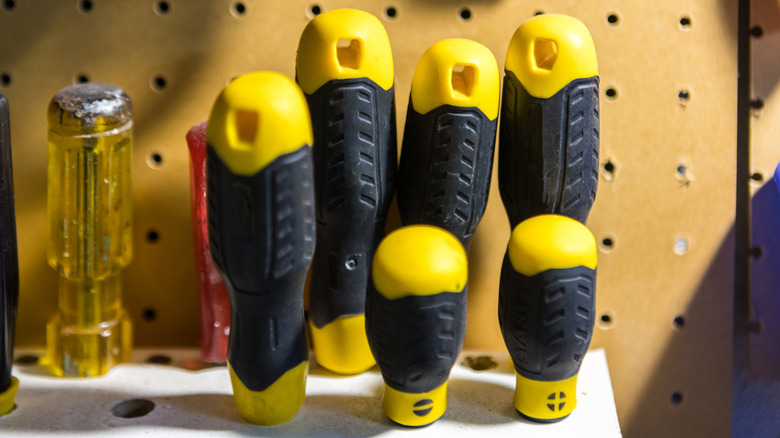Standard Or Cushion-Handle Tools: Why Picking The Right One Is Important
Whether you're tackling a DIY project or working on the job site five days a week, the tools you choose can make all the difference. Some tools are straightforward, designed with only the task in mind, while others take your comfort into account. That's why picking the right one isn't just a matter of preference, it can affect not only how you feel physically, but your safety and performance as well.
One of the biggest differences between standard versus cushion-handle tools, and one you should definitely consider, is how they feel in your hand. Some tools can have polished handles or fixed finger grooves that might not match your grip, potentially leading to discomfort or even injury. Cushion-handle tools, on the other hand, are designed with ergonomics in mind. Rubber grips, contoured shapes, and cushioned thumb rests all work together to reduce pressure and hand fatigue. That cushioned fit can make a real difference, whether you're working for five minutes or five hours.
Selecting a hand tool with cushioned handles, including those actually worth buying on Amazon, can mean the difference between a pain-free experience or one that leaves you regretting your purchase. Not only will you be comfortable, you'll also have a firmer grip, which will keep you safer in the long run.
Tool handles have improved over time
The concept of modern cushion-handles dates back to 1958, when Wright Tools introduced a rubber grip handle for their drive tools. The handle was patented in 1964 and Wright, which still manufactures socket sets in America, continues to use cushion-handles on tools like its cushioned grip Phillips screwdriver.
However, the idea of making hand tools that are comfortable to use goes back even further, to 400 B.C., when ancient Greeks incorporated ergonomic design into their tools. Paintings of contoured tools that are eerily similar to those used today have been found, proving that man has sought comfort in his work for a very long time. However, cushion-handles have only become standard for many tool manufacturers in recent decades, and not all tools come equipped with this extra layer of comfort.
Fortunately, there are proven workarounds like adding hand grips to your tools, rubber sleeves, or DIY solutions like foam grip tubing that adapts to the shape of your hand. These materials increase friction and can reduce hand fatigue during extended use.

